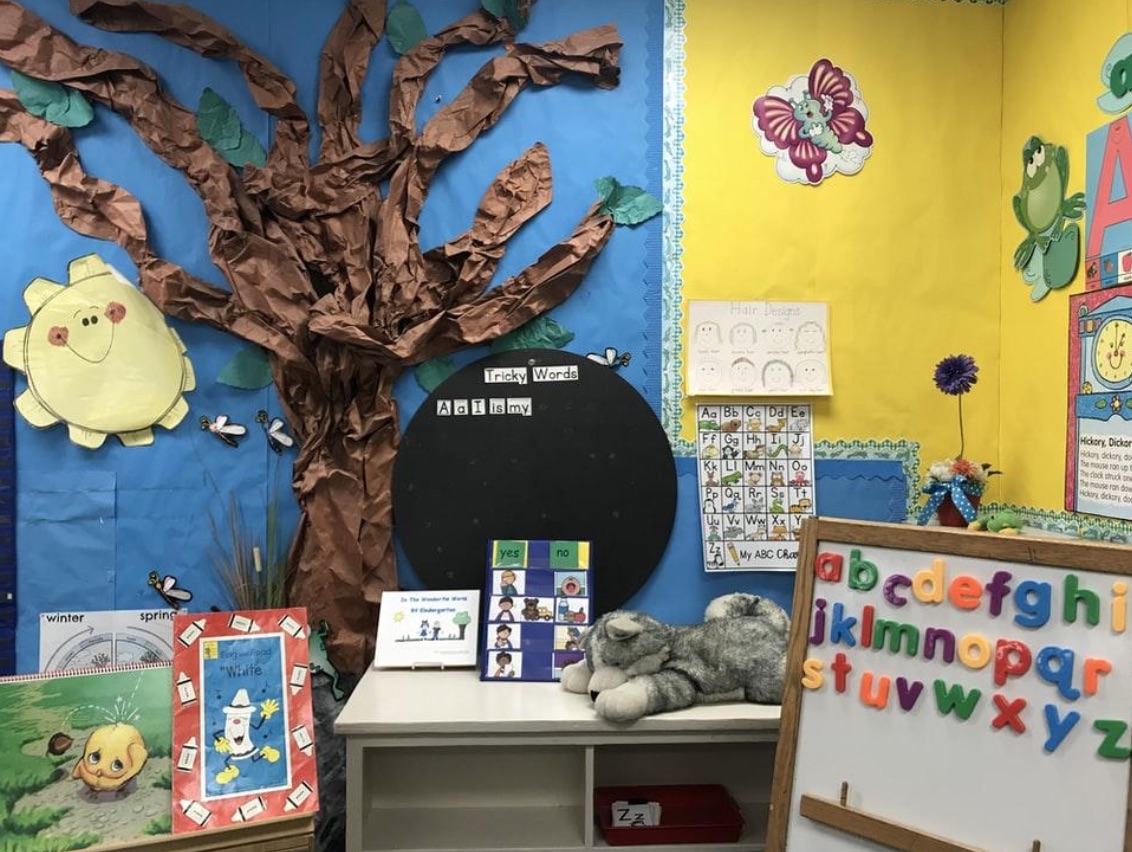
Playing to Learn: What to Look for in a Preschool Program by Amanda Winstead offers great advice for parents of preschool children as they try to decide which school to choose. Even if your child is already in school, you can use this article to help evaluate the one you picked or the only one available. Thanks, Amanda.
Introduction
- Most children start preschool at ages 3-4, though there’s no “perfect” age to enroll them. If you think your child is ready, the most important thing is to find a preschool that fits their needs and a place you feel comfortable with. At such a young age, your child needs to strike a healthy balance between learning and play. A good preschool will focus on both, and encourage learning through natural experiences and exploration.
- If you’re considering preschool for your child, you don’t have to stress over choosing the perfect place. When you know what to look for, you can do more thorough research on a handful of places, rather than scrambling through every location in your area. With that, let’s dive deeper into what you should look for in a preschool program, including varied learning styles and how a specific program can best benefit your little one.
Different Learning Methods
- Children learn differently. Even at a young age, your child will start to show signs of their preferred learning style. The seven standard styles of learning are: Visual, Kinesthetic, Aural, Social, Solitary, Verbal, and Logical.
- Preschool-aged children tend to be more hands-on no matter what style they prefer. Play is something that comes naturally to them. Balanced preschools will take a balanced approach to play-based learning and academic learning. What’s the difference? Play-based learning programs focus on: integrating academics into the things your child is already interested in, collaboration and social development, and Exploration and choices.
- In a play-based environment, students are typically observed by the teacher, and their progress is monitored. In more academic preschools, students might have more structured learning time, and they might even have homework at the end of the day.
You Know Your Child Best
- You know your child better than anyone. Observe what seems to come naturally to them at home. Do they tend to do better with unstructured playtime, or do they thrive with discipline and like to be focused on one task? Knowing their preferences will help you to make a better decision about the type of learning a particular preschool does.
Getting Outside the Classroom
- Both academic and play-based preschools should make an effort to change up the scenery from time to time. Young children need more than just learning time in the classroom. Getting outside should be a fairly big priority when you’re looking for a preschool program.
- Spending time outside has multiple health benefits for people of all ages. For kids, it’s a great way to learn and explore things that might not grab their attention in class. Nature is a wonderful prescription for better physical and mental health, too. About 13.4% of children ages 2-5 are considered obese. Allowing them to spend time outside can boost their physical activity and help them to maintain a healthy weight. (Doug: Don’t forget that diet is more important when it comes to weight control.)
- Nature also has positive mental health effects. It can boost energy levels, improve focus, and put you in a better mood – yes, even little ones. While preschool-aged children might not typically struggle with anxiety or depression, being outside can help with those things. For young children, it can contribute to feelings of happiness and help them to calm down. Finding a preschool that takes pride in spending time outdoors in nature play spaces is important. Outdoor learning and playing are just as beneficial as time inside the classroom. A preschool program should have a balance of both.
Inclusion and Accessibility
- We live in a diverse world. Children from all different backgrounds and children with different abilities should be able to come together in a classroom without judgment or question. That’s why inclusion and accessibility should be two key factors in your preschool decision. Maybe your child has trouble focusing or they’ve been diagnosed with ADHD. Maybe they have a disability. Or, maybe you just want them to be a part of a program that embraces diversity and accessibility.
- Whatever the case, there are more benefits to inclusion in the classroom than most people realize. Some of those notable benefits include: it tailors the teaching methods to all types of learners, it provides additional support to students, and Differences between people seem more normal, so kids can grow up embracing them.
- Everyone is entitled to their own opinion about accessibility and inclusion. But, the more parents who value such things, the better and brighter the future will be. If a preschool takes the time to let parents know they welcome everyone, you can be more confident in their efforts. Your child will learn so much simply by being around different types of children, and those are the lessons they’ll take with them for the rest of their lives.
In Conclusion
- Choosing a preschool program is a big decision, but it doesn’t have to be difficult. By keeping these things in mind and understanding your child’s needs, you can make that decision easier on yourself and feel confident in your final decision.
Amanda Winstead
- Amanda is a freelance writer out of Portland focusing on many topics including educational technology. Along with writing she enjoys traveling, reading, working out, and going to concerts. If you want to follow her writing journey, or even just say hi you can find her on Twitter.
DrDougGreen.com If you like the summary, buy the book





